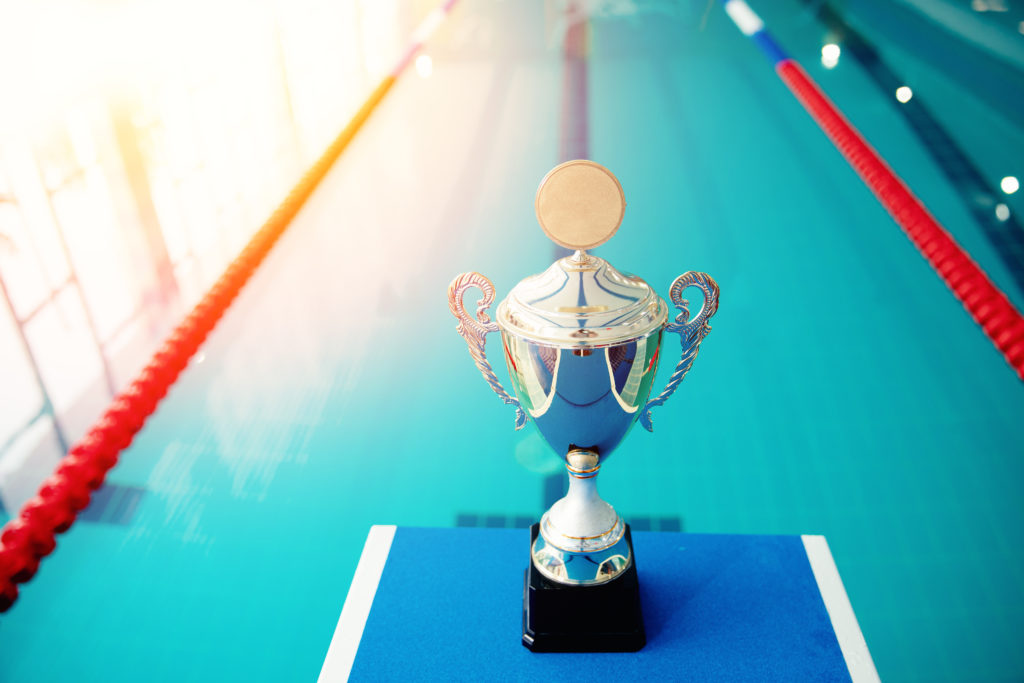Swimming aids 101: Which ones work best?
- April 16, 2013
- Pool Safety and Health,
After finishing up your Phoenix pool remodeling, you and your family are probably excited to jump right into your new pool. But, what if not everyone in your household is able to swim? If you have younger kids who have little to no experience in the water, now’s a good time to get them acquainted with the feel of the pool. While you do have your work cut out for you if you’re planning to give your kids swimming lessons on your own, there is a way to make the process easier for everyone: swimming aids. Here’s everything you need to know.
Benefits of swimming aids
When you’re helping kids get accustomed to the water, you’re going to be there for them at all times, but that doesn’t mean they couldn’t use a bit more help. Swimming aids can help kids stay afloat and give them water confidence, according to Parenting magazine. This gives them the freedom to swim on their own without having you hold them. Some swimming aids also help children develop the proper swimming techniques and figure out how their bodies should be positioned in the water. While a floatation device can’t solely be relied on to keep your children safe, you and your little ones will feel better knowing it’s there.
Swimming aids vs. toys
It’s important to realize that not everything that floats is a proper swimming aid. While some items might be cheap and easy to find at your local superstore, they may not the best choices for keeping your children above the water and helping them practice the right way to swim. TeachMeToSwim.com notes that proper swimming aids work to help kids maintain a position in the water. Toys, on the other hand, can sometimes float your child, but not in a proper swimming position. For example, pool noodles can keep your kids’ heads above the water, but they don’t allow your little ones to move around and practice.
Types of swimming aids
Now that you know the difference between swimming aids and toys, here are some of the best swimming aids for each age set, according to Abilene Reporter-News.
Age 2 and under – Young kids are best off with an inflatable seat that they can sit in while in the pool. This lets them get used to the feeling of the water while keeping them safe. You may want to look for a model with a built-in canopy, which can offer your kids additional protection from the sun.
Ages 2 to 4 – Toddlers generally do well with swim sweaters, which feature an inflatable inner tube that’s attached to a one-piece suit. The tube is designed to stay high up on the wearer’s chest for extra stability, which will help prevent your child from tipping over.
Ages 3 to 6 – Kids in this age group can use power swimmers to help them swim. According to the source, power swimmers come with removable floats that can be added or taken off depending on the level of floatation your child needs. The strap is also adjustable, which ensures a snug fit.
Struggling swimmers – Older children who aren’t good swimmers yet or those who are very uncomfortable being in the water might also use life vests or arm floaties, notes Small Memories. Arm floaties allow for easy movement, while life vests will keep children above the water.
One more thing to keep in mind
While swimming aids will no doubt help you and your little ones enjoy the benefits of your new salt system, it’s important to note that you’re still responsible for your children’s safety. No swimming aid is a lifesaving device, and you should always be within arm’s reach of young kids who are still learning how to swim.


